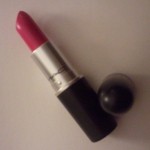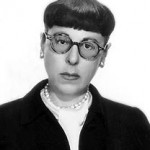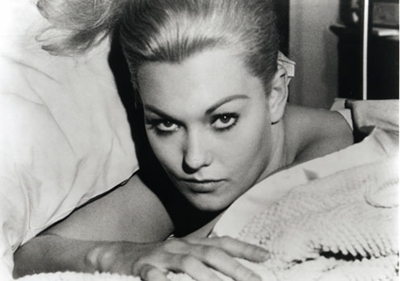You can always count on the American Cinematheque to give noiristas some love.
 The Egyptian Theatre in Hollywood is running Suspense Account: The Films of Alfred Hitchcock, featuring his Technicolor spectaculars, such as “North by Northwest,” “Rear Window,” “Vertigo,” “The Birds,” “The Man Who Knew Too Much,” and “To Catch a Thief.” Also showing are suspense thrillers “Notorious,” “Shadow of a Doubt,” “Suspicion,” “Spellbound,” “Saboteur” and “Psycho.” Now under way, the series runs through June 9.
The Egyptian Theatre in Hollywood is running Suspense Account: The Films of Alfred Hitchcock, featuring his Technicolor spectaculars, such as “North by Northwest,” “Rear Window,” “Vertigo,” “The Birds,” “The Man Who Knew Too Much,” and “To Catch a Thief.” Also showing are suspense thrillers “Notorious,” “Shadow of a Doubt,” “Suspicion,” “Spellbound,” “Saboteur” and “Psycho.” Now under way, the series runs through June 9.
Additionally, from June 23-30, the Aero Theatre in Santa Monica will host A Centennial Tribute to Composer Bernard Herrmann (1911-1975), one of cinema’s most brilliant and influential artists. The series will screen “Cape Fear,” On Dangerous Ground,” “Citizen Kane,” “The Magnificent Ambersons,” “Vertigo,” “Obsession,” “Marnie,” “Psycho,” and “Hangover Square.”
Check the schedule for more details. The Egyptian Theatre is at 6712 Hollywood Blvd. The Aero Theatre is at 1328 Montana Ave. General admission is $11; members pay $7.














From FNB readers